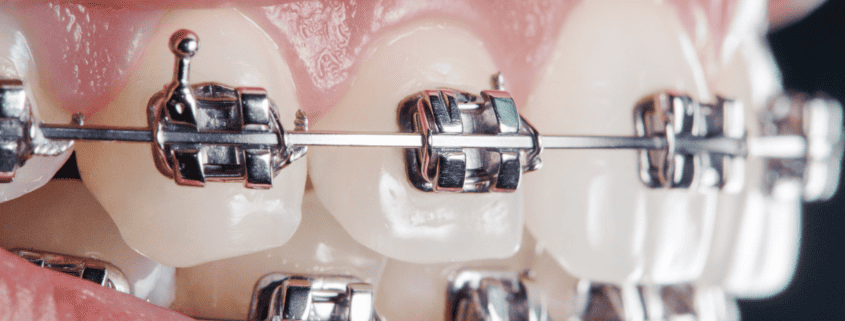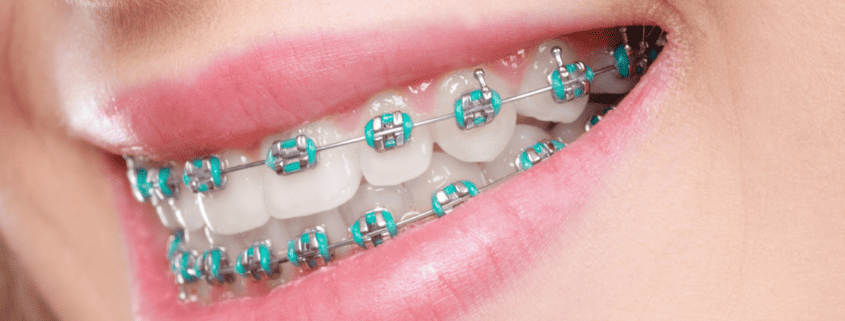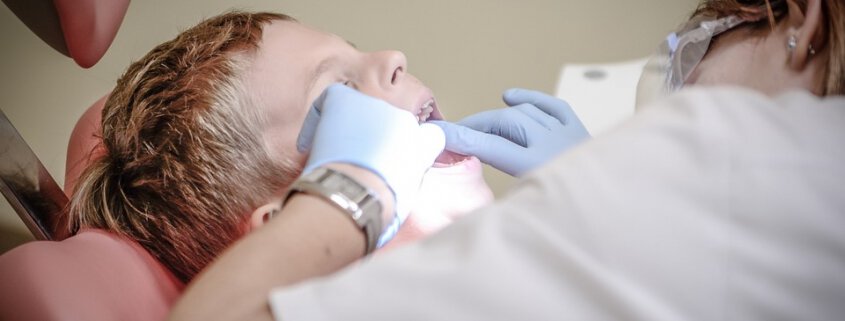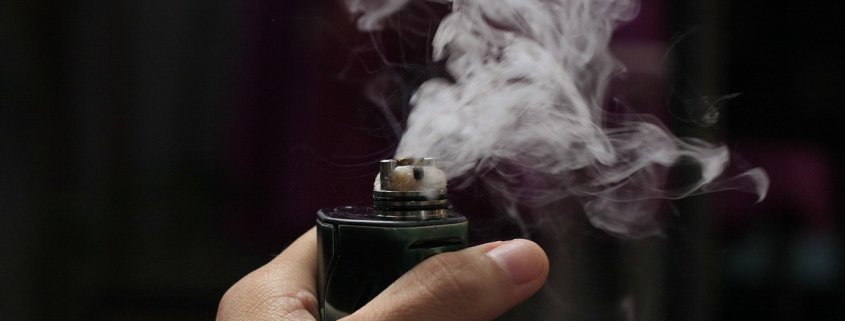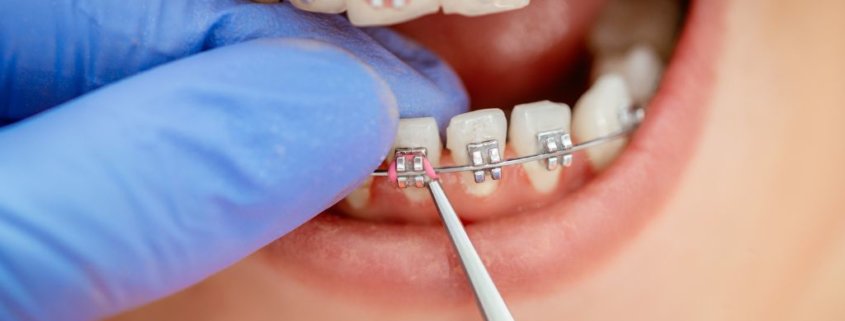Navigating Orthodontic Emergencies: What You Need to Know
Orthodontic emergencies are unexpected issues or complications that may occur due to orthodontic treatment. These may range from moderate discomfort to severe pain, and from minor appliance failure to critical emergencies requiring immediate attention. Any situation that causes significant discomfort or inability to function normally could be deemed an orthodontic emergency.
The concept of such emergencies might bring panic or anxiety to a number of patients undergoing orthodontic treatment. However, understanding these problems and knowing what to do in the occurrence of such an event can significantly alleviate the risk they pose. It’s important to note that although these circumstances can be distressing, with prompt and appropriate management, the impact can be minimized and normal routine can be resumed.

Dr Patti Panucci attended the University of Louisville School of Dentistry for four years, where she graduated with a DMD degree (May 2000) among the Top 10 in her class. Following that, she headed west to Los Angeles to complete her three-year residency at one of the top-ranked orthodontic programs in the country – the University of Southern California.
Along with her certificate in orthodontics, Dr. Panucci earned a master’s degree in craniofacial biology. During those three years, she fell in love with Southern California beach life and decided that this was where her future lay.


